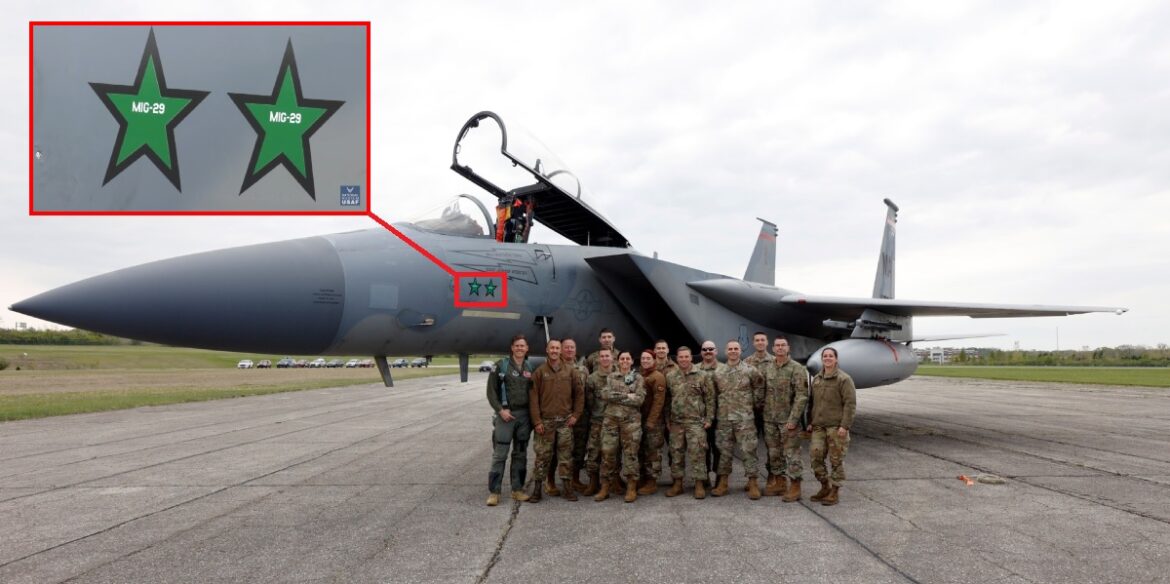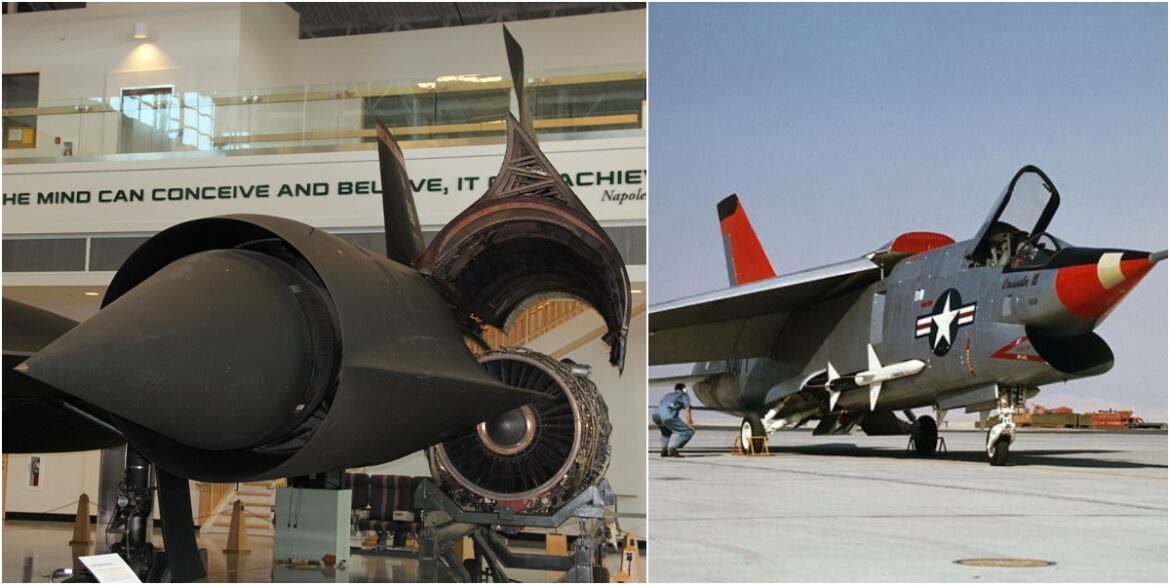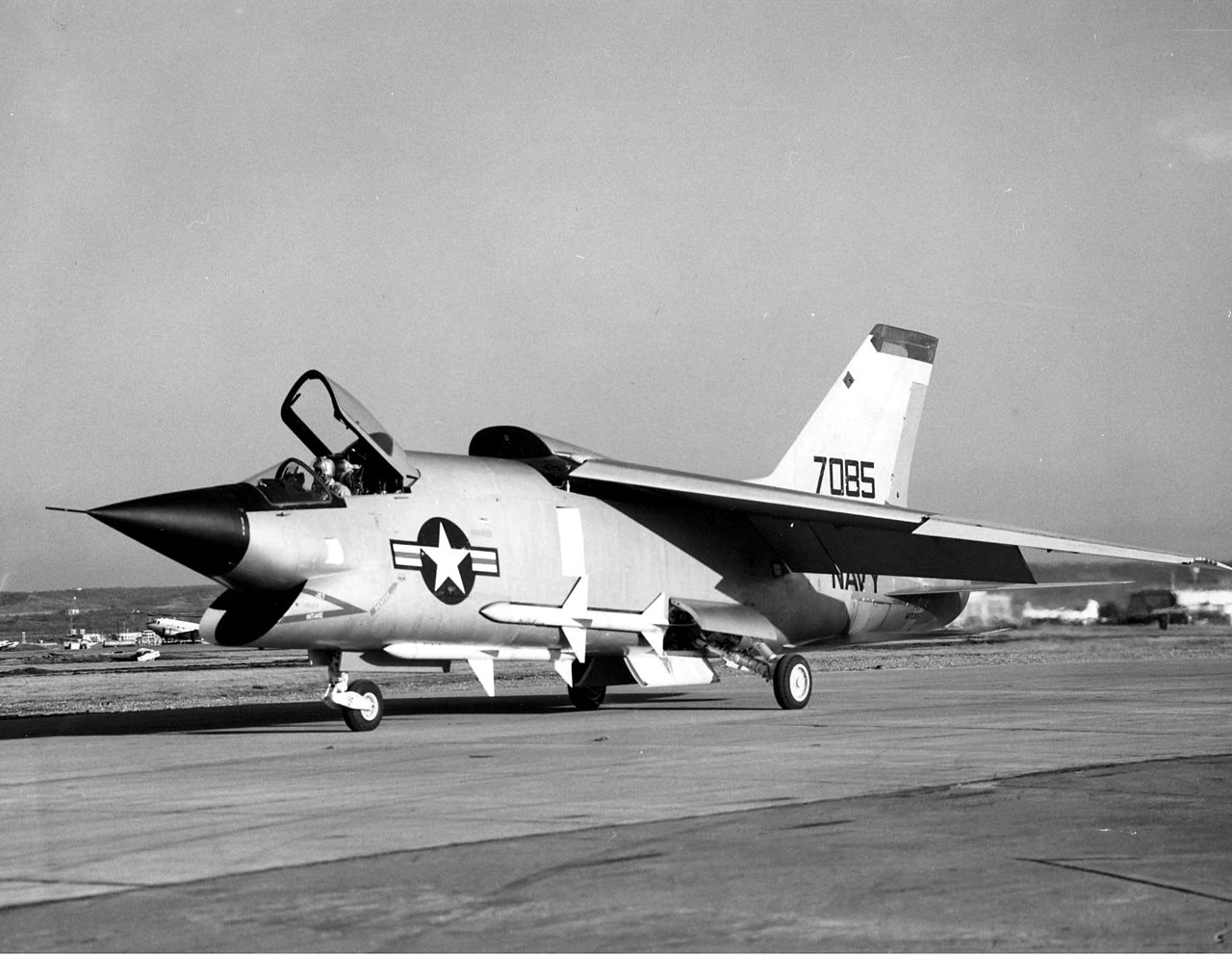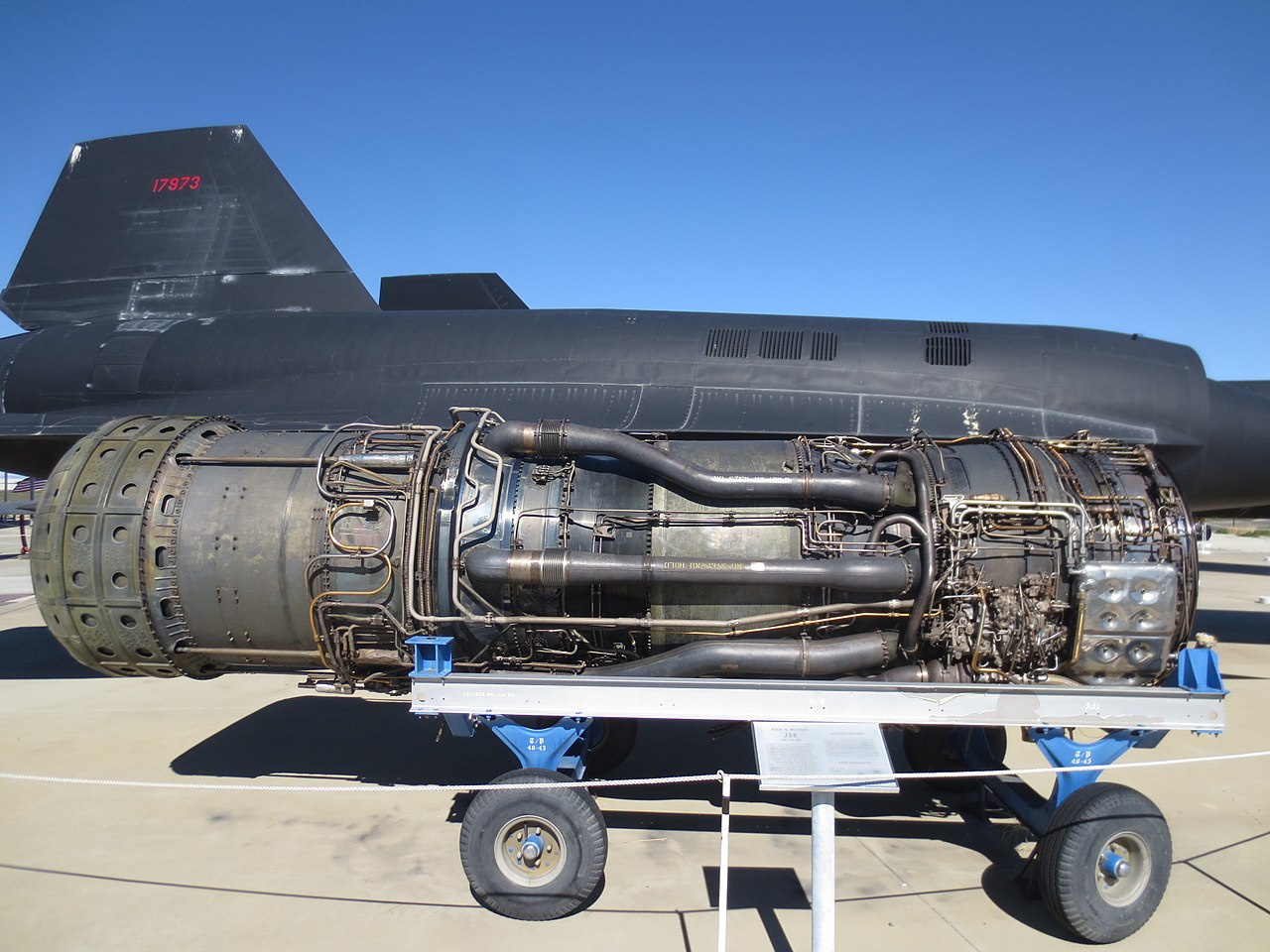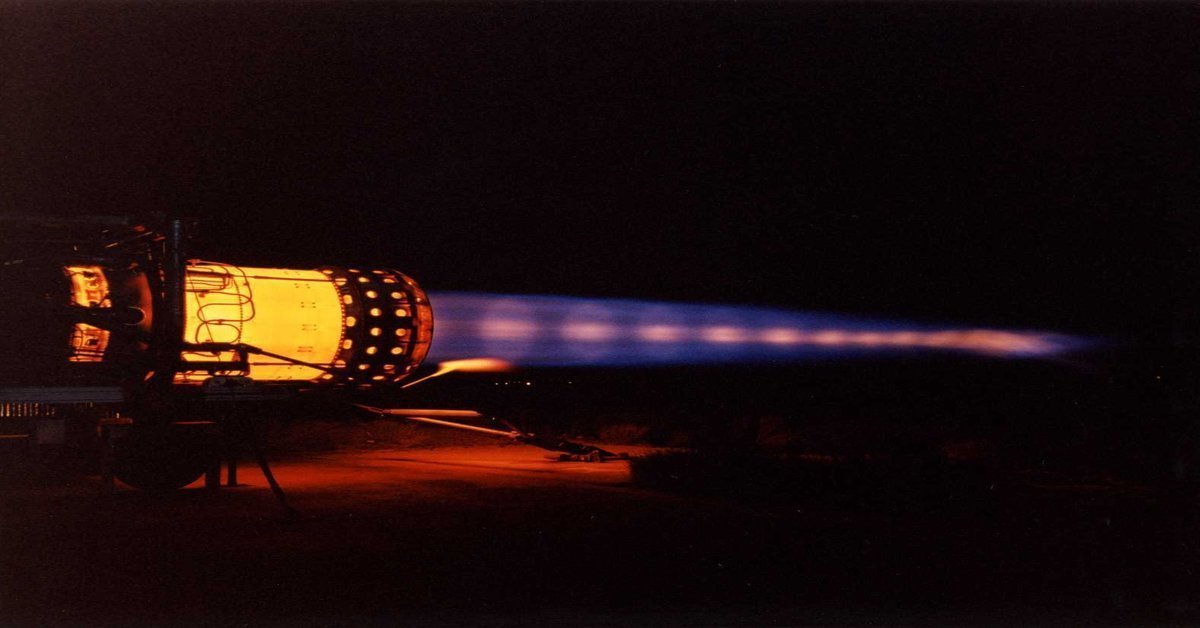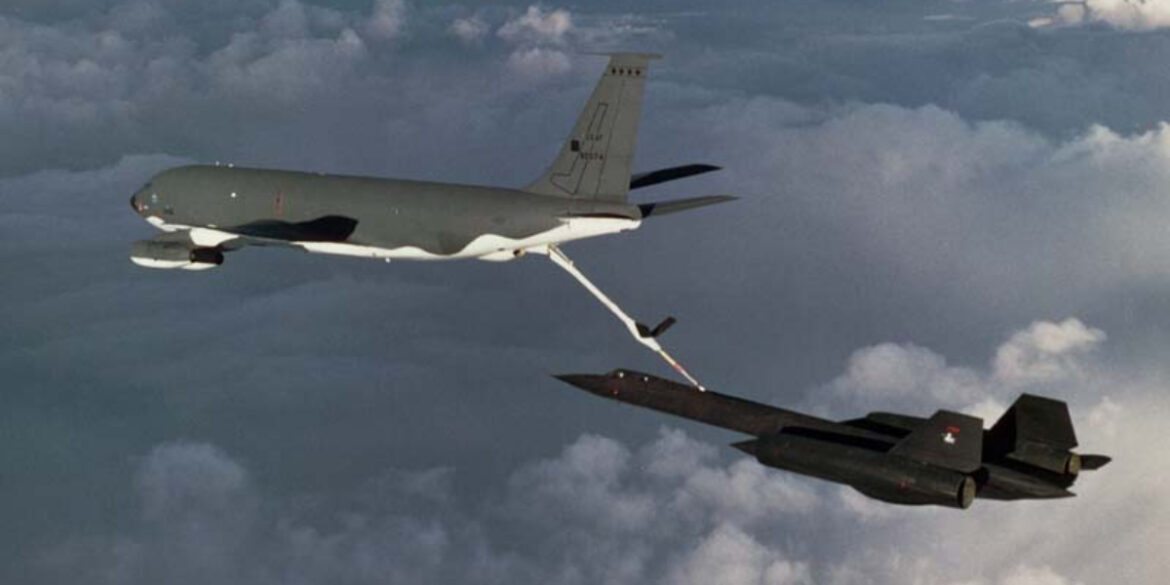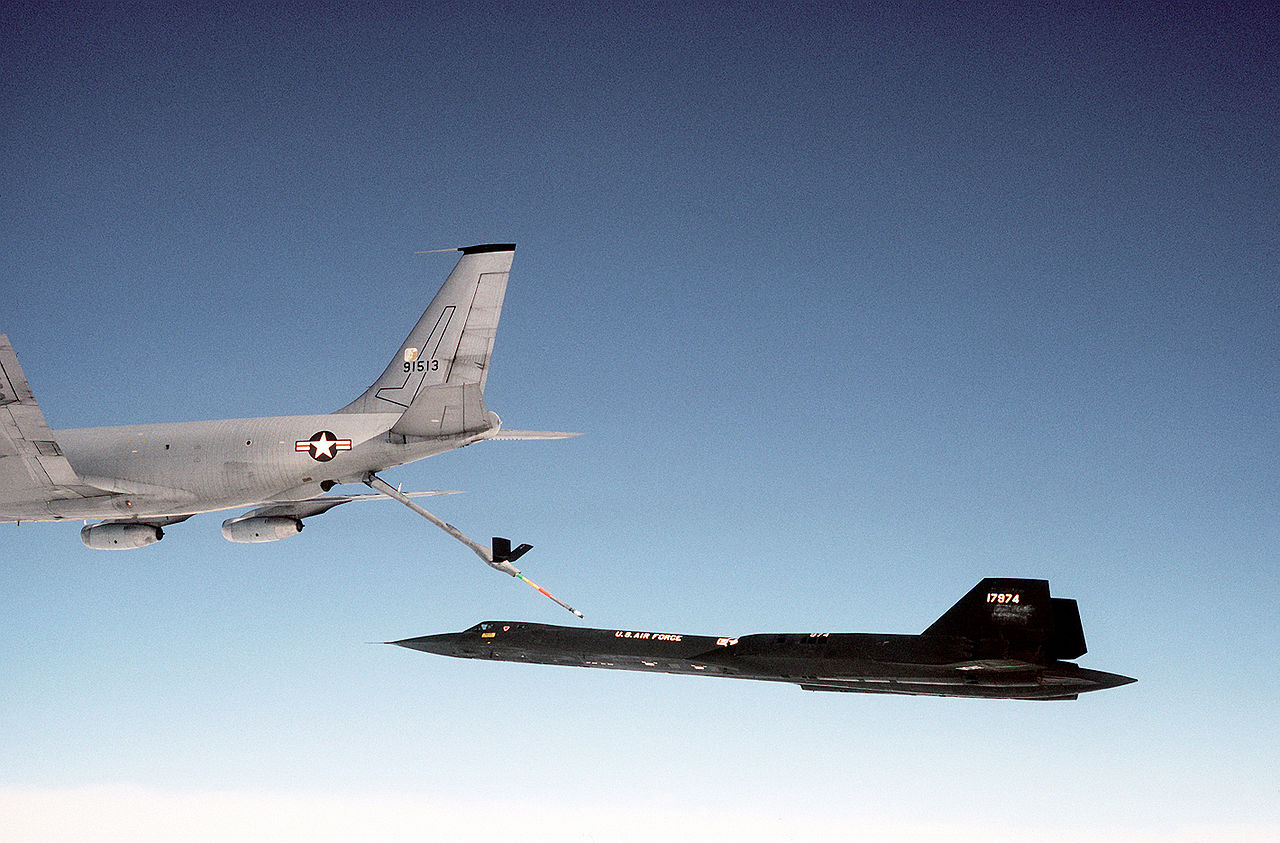The only Eagle to record two MiG-29 kills, F-15C #86-0156, was retired to the US Air Force National Museum on April 25, 2023
As seen in the video in this post, on April 25, 2023, F-15C #86-0156—the only Eagle to record two MiG-29 kills—was retired to the US Air Force’s National Museum. Lt. Col. Matthew “Beast” Tanis of the 104th Fighter Wing was the last person to fly the jet (#86-0156) from Barnes Air National Guard Base in Massachusetts to Dayton, according to Alert 5.
The two MiG-29 kills were scored in 1999 During Operation Allied Force. Col. Jeff “Claw” Hwang shot down two Federal Republic of Yugoslavia Air Force (FRYAF) MiG-29s, an accomplishment about which Tanis talked reverently. Flying the iconic fighter plane to what he called the Air Force’s “hall of fame” was an honor, according to Tanis.
“This is like one of those sad things with your favorite car, you’re basically driving it to the garage to never fly it again,” Tanis explained to Dayton 24/7 Now.
Tanis added about flying the F-15C in general:
“There’s not a lot of limits to it; not a lot of things you can’t do and that makes it really, really fun. The F-15C is kind of the last jet created, not fly-by-wire, so it’s bellcranks and pullies, so you’re connected to the stick. It’s obviously hydraulically actuated to move it but you feel it, and all the jets since don’t have that.”
Meghan Anderson, a curator in the Research Division of the museum, predicts that this F-15C will eventually take the place of the F-15A that is now on exhibit. There is no set schedule for when this “MiG Killer” will be on exhibit, according to her. It must first be cleaned and ready for exhibition.
The F-15C fleet of the USAF is about to be retired after 50 years of active service. With a 50-year service life and an exceptional combat record, the Eagle is a spectacular fighter aircraft. The aircraft’s retirement means those days have come to an end.
As previously mentioned, a portion of the retired aircraft are being sent straight to the Israeli Air Force, where they are already in service. This represents the first instance of an aircraft transferring from ramp to ramp.
One was given to NASA to be used in their chase plane program, which will help gather data for their airborne platforms.
The majority of the jets, though, are retiring to Arizona. The Aerospace Maintenance and Regeneration Group also referred to as “the Boneyard,” takes jets and mothballs them in the southwest desert.
Like legions of people of retirement age, Americans enjoy the low humidity and lack of snow or rain in their later years. It’s an environment that helps preserve the aircraft if they should be called back to service.
Photo by Ty Greenlees / National Museum of the U.S. Air Force

